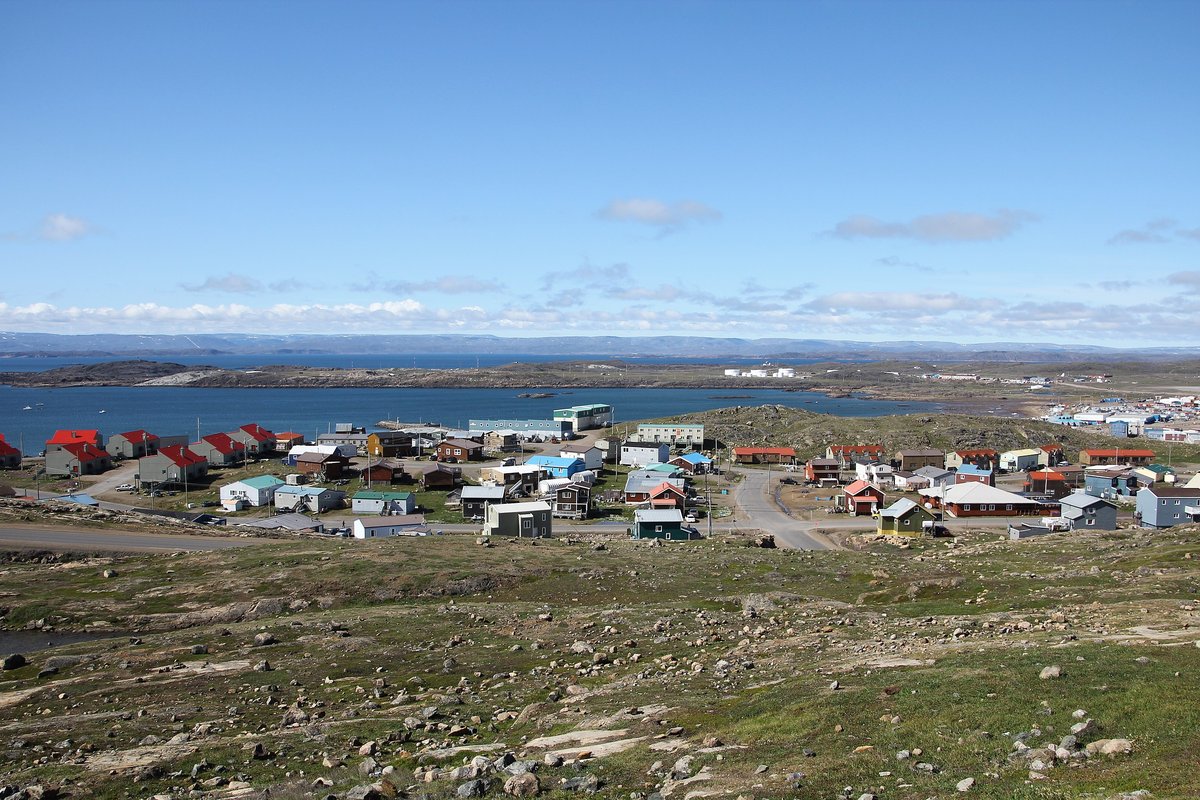Renewable Energy in the remote communities of Nunavut, Canada
The World Wildlife Fund Canada engaged ITP in 2018 to model and assess the business case for solar, wind and battery integration into 25 communities in the arctic territory of Nunavut.

Canada’s Arctic territory of Nunavut depends on fossil fuels for the entirety of its electricity and heat generation. As well as facing environmental risk from fossil fuel use and transportation through the territory, the extreme isolation and limited access year round due to ice conditions has meant that supply disruption poses a significant risk to the region’s energy security. Historically, some communities have had to rely on fuel being flown in via small aircraft in order to keep the lights on.
The report examines the renewable energy resources, technical pre-feasibility and economic results for a number of renewable energy penetration scenarios. The study also quantified the equivalent heating oil offsets that could be realised using the renewable energy sources when they were not needed by the electricity grid. The work was undertaken in 2018/2019. As part of the project, ITP undertook the following activities:
- Data collection, validation and analysis -Wind and Solar Resource assessments
- Demand estimation and forecasting
- Pre-feasibility Study of technical integration for 20%, 40% and 60% renewable energy.
- Supply, transport and construction cost estimations
- Technoeconomic modelling using the Homer Pro Software suite. The complete report is available online.
More projects in Engineering